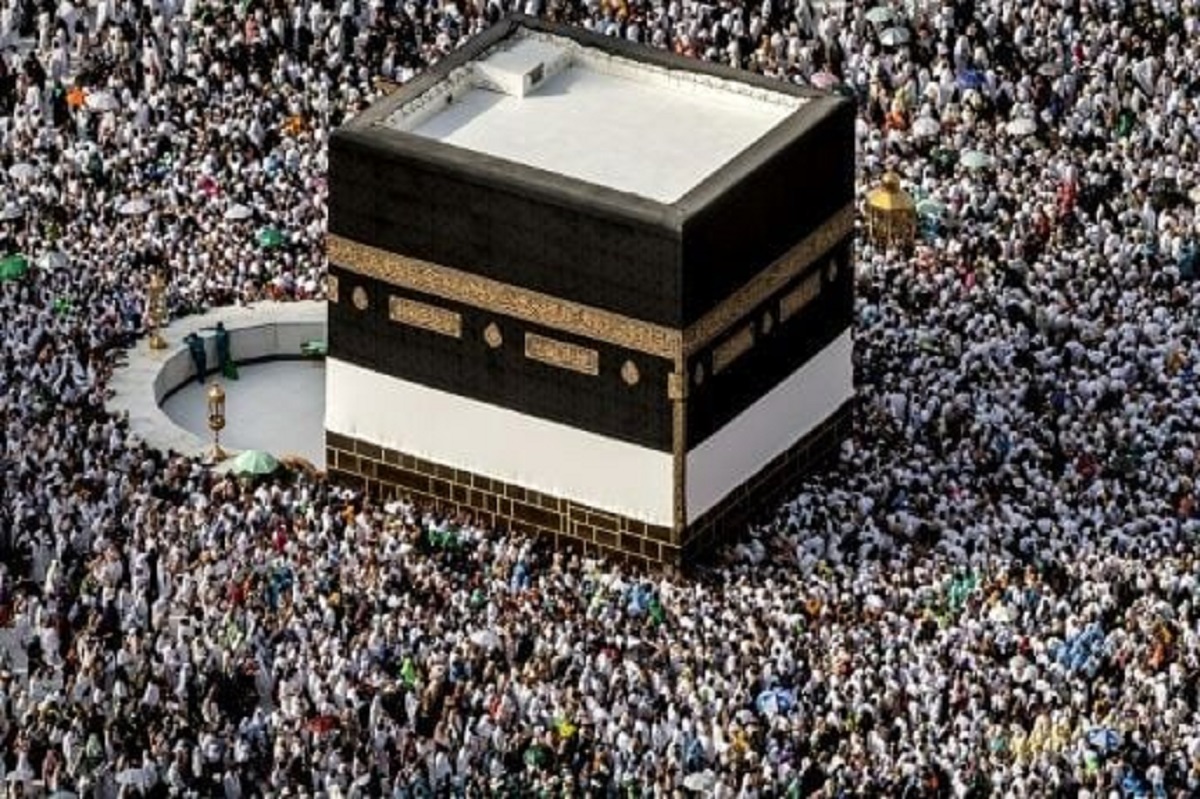
As nearly 2 million Muslims conclude the haj pilgrimage this week, extreme heat has tragically taken the lives of hundreds who began their journey last Friday to the Kaaba at the Grand Mosque in Mecca, Saudi Arabia. According to a Reuters tally based on foreign ministry statements and sources, at least 562 people have died during this year’s haj. Egypt alone has reported 307 deaths and another 118 missing, with temperatures soaring past 51 degrees Celsius (124 Fahrenheit) at times.
Struggling Against the Elements
“The heat was unbearable, and people simply could not withstand it,” said Wilayet Mustafa, a Pakistani pilgrim. Witnesses reported seeing bodies lying by the roadside near Mina, just outside Mecca, covered in the white Ihram cloth until medical vehicles arrived. The Ihram is a simple garb worn by pilgrims, symbolizing purity and unity.
The Looming Climate Crisis
Climate scientists warn that these fatalities offer a glimpse into the future for the tens of millions of Muslims expected to undertake the haj in the coming decades. Carl-Friedrich Schleussner, a scientific advisor at German institute Climate Analytics, noted that while the haj has always been conducted in a hot climate, the ongoing climate crisis is intensifying these conditions.
“The haj has been conducted in a certain way for over a millennium, and it’s always been hot,” Schleussner explained. “However, the climate crisis is exacerbating the severity of these conditions.” One of the haj’s integral rituals, the climb of Mount Arafat, has become “incredibly dangerous to human health,” he added.
Future Prospects: A Grim Forecast
The haj’s timing, determined by the lunar year, moves back by 10 days annually. Currently shifting towards winter, the pilgrimage will coincide with Saudi Arabia’s peak summer by the 2040s. “It is going to be very fatal,” said Fahad Saeed, a climate scientist at Climate Analytics in Pakistan.
Heat-related deaths along the haj are not new, with records dating back to the 1400s. Factors such as lack of acclimatization to high temperatures, intense physical exertion, exposure, and an older population contribute to the vulnerability of pilgrims. Last year, more than 2,000 people suffered from heat stress, according to Saudi officials.
As the planet continues to warm, the situation is expected to worsen. A 2021 study published in the journal Environmental Research Letters by Saeed and Schleussner found that if global temperatures rise by 1.5 C (2.7 F) above pre-industrial levels, the risk of heat stroke for haj pilgrims will increase fivefold. The world is on track to reach this level of warming in the 2030s.
Interventions and Preparations
In response to these challenges, Saudi Arabia implemented a heat strategy in 2016, which includes constructing shaded areas, establishing drinking water points every 500 meters, and improving healthcare capacity. This haj season, Saudi health authorities have advised pilgrims to stay hydrated and avoid outdoor activities between 11 a.m. and 3 p.m.
However, reports suggest that these measures may not be sufficient. Mustafa recounted having to push his 75-year-old mother in a wheelchair and being told by police to keep moving when they tried to rest. “I was amazed to see that there were no efforts made by the Saudi government to provide any shelter or any water,” he said.
Varying Experiences and Limitations
While some pilgrims, like Egyptian Sameh Al-Zayni, received water from Saudi authorities, others were less fortunate. An Egyptian medical source told Reuters that the highest death tolls were among pilgrims not formally registered with haj authorities, forcing them to stay on the streets, exposed to the heat.
Although Saudi police were seen handing out water and spraying crowds to cool them down, scientists caution that spraying water is effective only below about 35 C (95 F). Beyond this threshold, the added moisture can increase the risk in humid conditions as people struggle to cool down through sweating.
The tragic deaths during this year’s haj pilgrimage underscore the urgent need to address the impacts of climate change. As global temperatures continue to rise, the safety and well-being of future pilgrims depend on the implementation of effective and sustainable solutions to mitigate extreme heat and protect the millions who undertake this sacred journey.






